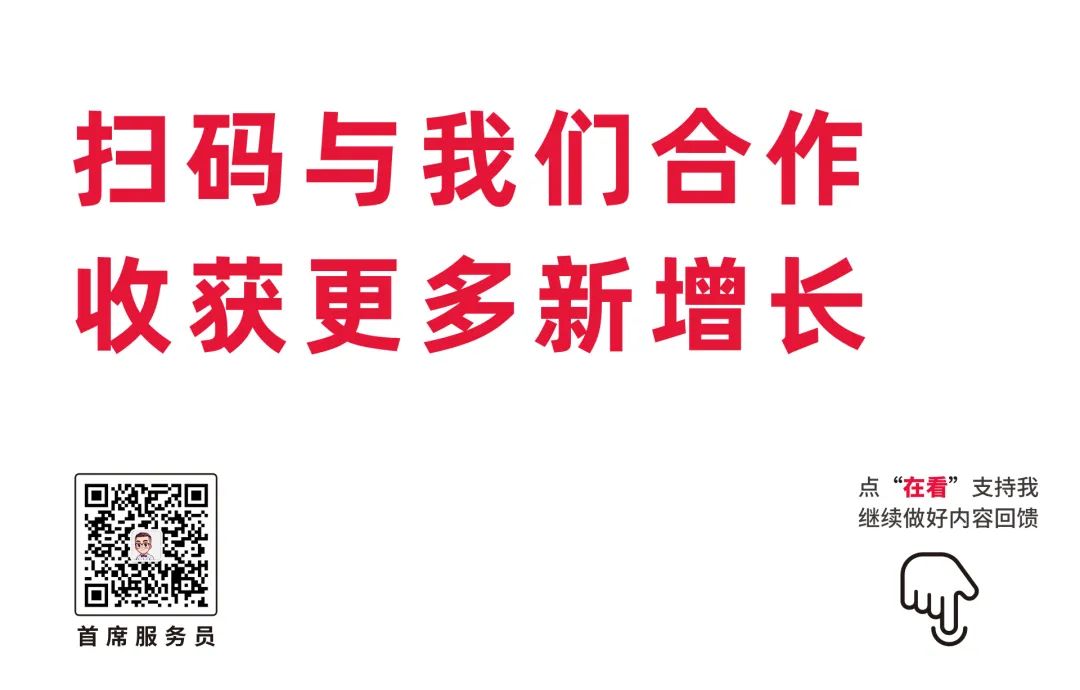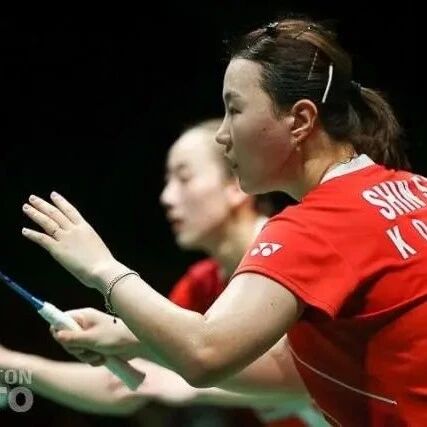21 Tips That Will Transform Your Doubles Game!
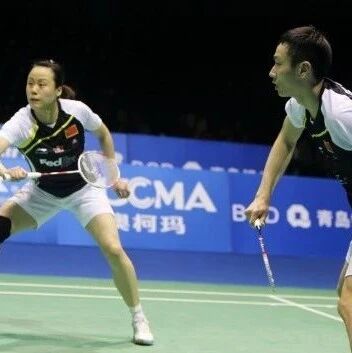
1. After serving in doubles, stand 10–20 cm behind the T-line, then crouch slightly while holding your racket overhead, forcing your opponent to hesitate before attempting a drop shot.
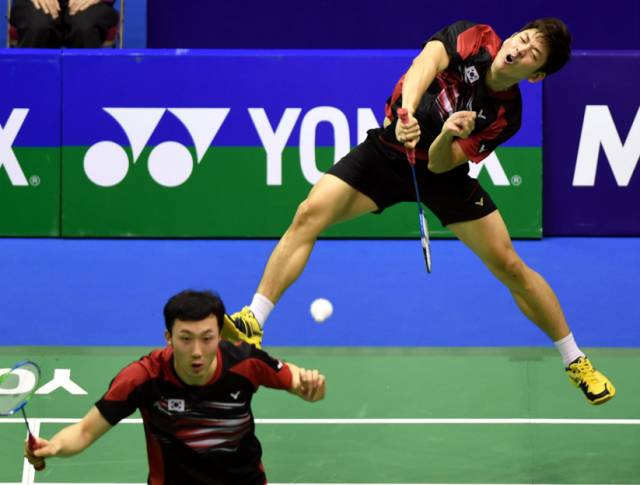
2. If your opponent excels at pushing drop shots to the net, position yourself a bit further back in the court and aim to return their shots with flat or angled smashes—forcing them to struggle just as much as you did.
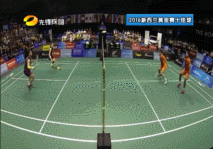
3. If you manage to reach the net but worry about hitting the ball into the net, charge forward with all your might—and grit your teeth, glare fiercely, and play a soft drop shot that allows the ball to glide naturally onto the opponent’s side of the net. Aside from professional players, very few others will be able to save this delicate net shot. And if your opponent is truly skilled, remember to prepare yourself for their net-level cross-court dink—it could catch you off guard!
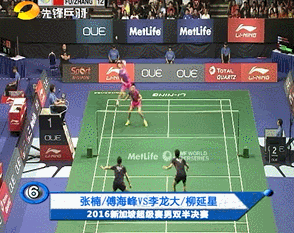
4. If you're good at smashes, occasionally drop a couple of net shots before finishing with a smash (as moving your opponent forward makes it harder for them to reach the smash). And if you excel at dropping shots, pair them with clear hits followed by delicate drops—this back-and-forth movement will leave your opponent feeling uncomfortable and off-balance.
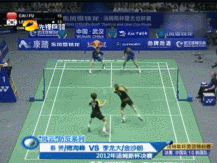
5. If you can eliminate a straight line, don’t go for the diagonal one.

6. After playing a short ball in the middle or front court, immediately move to the net and get ready—don’t just stand there watching your teammates. If you play a short ball from the backcourt, your teammate should step up to cover the position.
7. There's a reason why dropping the shuttlecock in the middle during doubles play makes sense.
A, the opponent goes to chip the ball into midfield and must immediately return to a parallel defensive stance.
B, it's not easy for the opponent to execute a hook shot or sneak in an attack while they're holding the ball in the middle.
C, the opponent chipped the ball in midfield, and our team comfortably received it.
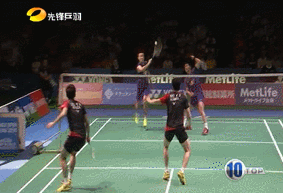
8. A cross-court drop shot backhand poses a significant threat.

9. If your opponent likes drop shots, it’s time to showcase your net play—specifically, your ability to push the ball short of the net. You don’t necessarily need the ball to clear the net; pushing it just below is equally effective. But for that, your body will need to bend lower than usual.
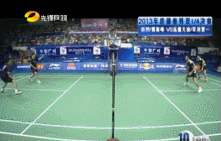
10. Against fast players, occasionally placing the ball toward their two flanks can make things tougher for them. As for slower opponents, repeatedly hitting long, looping shots to their backcourt—two deep rallies—and they’ll quickly start running out of steam.
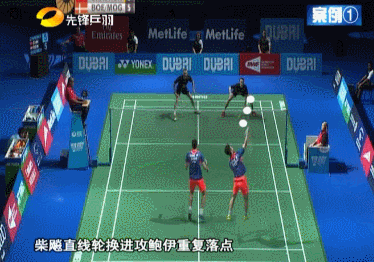
11. If your teammate slams a powerful shot, you’d better rush forward to let the opponent see you’re going for the net, forcing them to lob again.
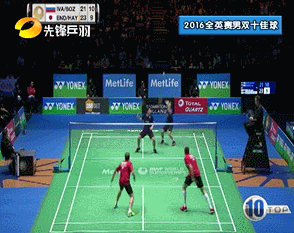
12. If your teammate lifts the ball, you’d better rush forward to let the opponent see you’re going for the net—and then keep an eye on his angled drop shot to the opposite corner. Chances are, if he manages to execute it, it’ll give you the winning point.
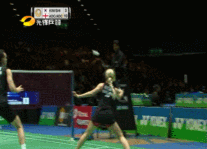
13. When players engage in a net-level flat rally, the first one to change direction usually scores the point.
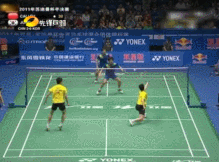
14. If a backhand is absolutely necessary, it’s best to play it high and deep toward the backcourt; alternatively, aim for the angled net corner. Of course, if you’re skilled enough to execute a jumping backhand smash, that’s a whole different story.
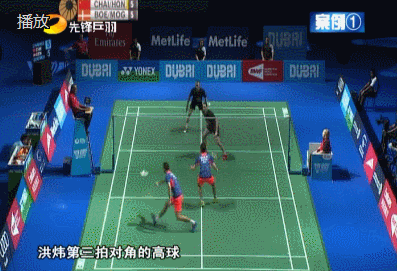
15. The placement of the smash really matters—hitting between two players or targeting the opponent’s racket-holding shoulder can certainly put them in a tough spot.
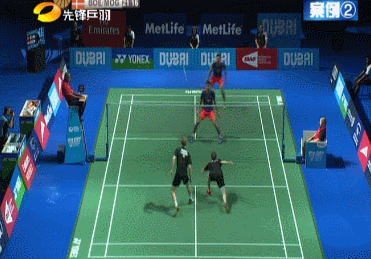
16. When receiving the ball in the backhand position during midfield play, executing a backhand cross-shot is a highly skilled move—and mastering it can significantly boost your scoring ability.
17. When facing men's doubles, if one player is slightly weaker in the backcourt, push him back there. Then either rush in to attack or go for a decisive kill shot.
18. Anyone daring to pair up in mixed doubles against a men's doubles team must have excellent technical skills—otherwise, choosing not to attack is simply asking for trouble. Playing with a "push-and-drop" strategy is nothing short of suicide.

19. If you want to practice feints, you’ll need to master the power generated from your wrist and fingers. Players who excel at this can effectively "act" from the mid-to-back court, luring opponents toward the net—and then, bam!—deliver a sharp, powerful shot back to the baseline. Against intermediate-level players, this often leads directly to a point; but against those with more advanced skills, it throws off their footwork, leaving them off-balance and vulnerable.
20. When approaching the net, hold the racket with a short grip, lifting your hand up toward the cone. Then, switch to a "flyswatter" grip. If you’re positioned further back, adopt a longer grip—keeping your pinky finger firmly wrapped around the very bottom of the handle, or even letting it extend slightly outward (just remember to return to the proper grip afterward).
21. Basic Principles of Doubles (Beginner Level):
A. For lob shots and high clears, adopt a parallel stance.
B. Arrange offensive positioning before and after the drop shot and smash.
C. The player setting the net in midfield should prepare to dive for it themselves, while the player setting the net from the backcourt should let their teammate make the save.
D. Pay close attention to your teammates' positions.
E. Learn how to juggle.

